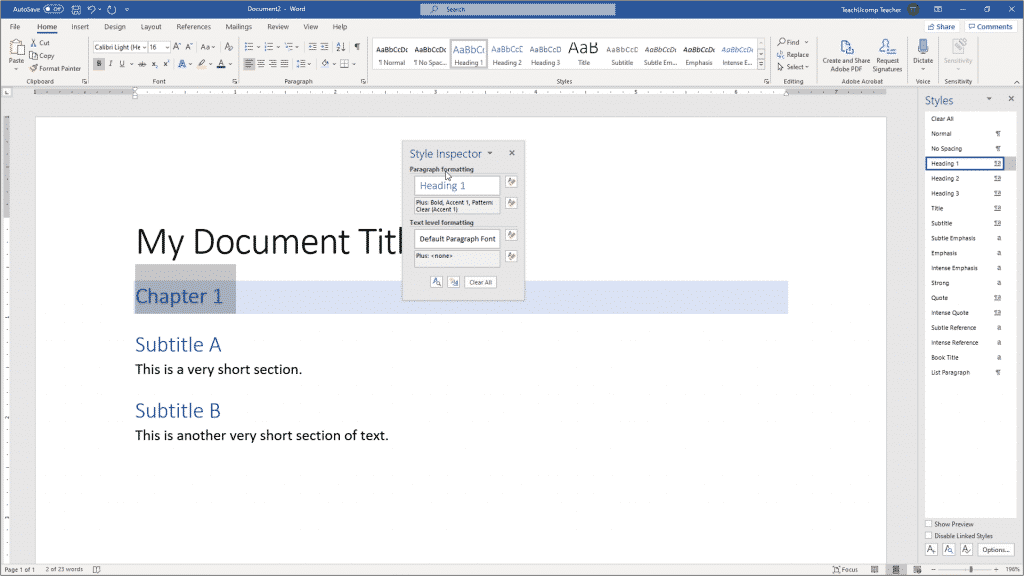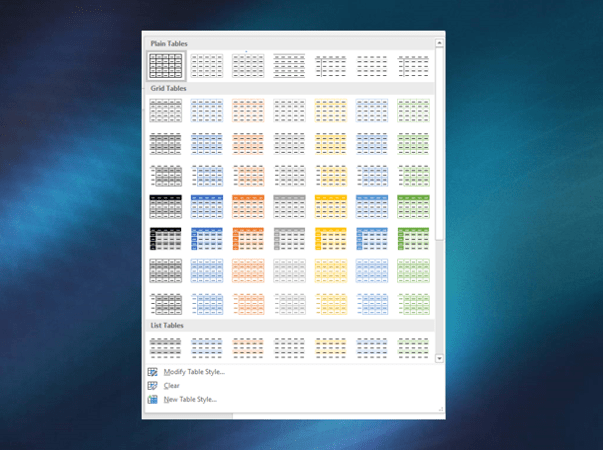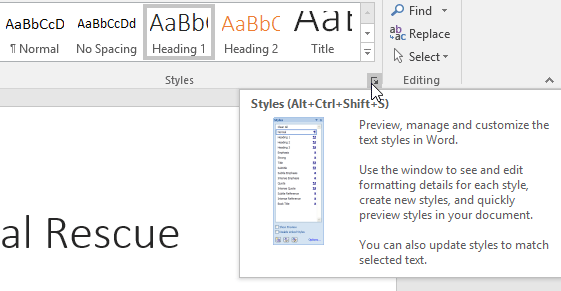


These styles are very handy as it allows you to applyĬhanges to all your headings at once. Microsoft Word comes with a library of heading styles you can use in your document. After deleting the header content, the header itself will disappear from all your pages. Then select all the content in the header and hit the delete key. Option 2: Clear all the header content to remove the header in WordĪnother way to delete header in Word is to double-click on the header area to make it editable. The inserted "style separator" keeps the application of the body text style from affecting the application of the heading style before the separator.This is how you may exit headers in Microsoft Word. The command is described in this Knowledge Base article: īasically you format your heading using your level-three heading style, use the InsertStyleSeparator command to indicate you want to start a new style, type the rest of the paragraph, and apply the body text style to the rest of the paragraph. In reality this tool does nothing more than what has already been described. This tool allows you to "separate" text so that two paragraph styles are applied to what appears to be a single paragraph. Word also includes an internal command called InsertStyleSeparator, which can be added to a toolbar. Instead, the paragraph attributes of the body text format will be used. So, for instance, if your level-three heading is formatted to include a half-inch indent from the left margin, that indent will not be applied to the selected text. What it doesn't do well is apply any paragraph features that are different than the paragraph features in your body text format. When you format in this manner, Word generates the proper TOC, as you would expect. The selected text now has your heading formatting and the rest of the paragraph is formatted as body text. Apply the level-three heading style to this selected text. Make sure the entire paragraph is formatted as body text, then select just the text that will comprise the heading. The easiest way to use this type of formatting is to type your heading text followed by your body text, in a single paragraph. It basically allows a selection of text to have a paragraph style applied to it. The second option is to use what is called a "style separator." This feature was added beginning with Word 2002. As long as your copy of Word is not configured to print hidden text, your heading will appear inline with your body text, and the TOC will appear just as you expect. Then, select the paragraph mark at the end of the heading (you may need to configure Word to display paragraph marks) and format the paragraph mark as hidden text. First, you can simply create your level-three heading and body text as you normally would, each in their own paragraph. There are two common ways of approaching this problem.
#Create new heading styles in word how to
) Pete's question is how to define an inline heading style that will appear properly in the Table of Contents without including the rest of the paragraph in the TOC.

("APA style" means the style guide devised and published by the American Psychological Association. Pete notes that APA style defines a level-three heading as being indented in italic on the same line as the first sentence in the paragraph.


 0 kommentar(er)
0 kommentar(er)
